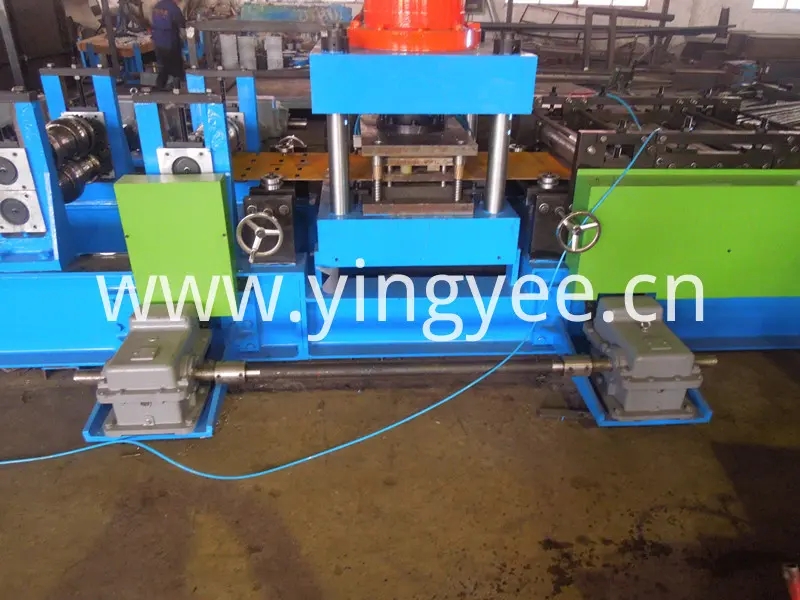
Understanding the Rotary Shear Cut to Length Line An Overview
In the manufacturing and processing industries, precision and efficiency are paramount. One essential process that embodies these principles is the rotary shear cut to length line. This advanced system is widely used in the production of sheet metal and other materials, providing a high-quality solution for cutting large rolls or sheets into specified lengths. In this article, we will explore the fundamental workings of rotary shear cut to length lines, their advantages, and their applications across various industries.
How Rotary Shear Cut to Length Lines Work
At the core of the rotary shear cut to length line is the cutting mechanism itself. The system processes material, usually in coil form, unwinding it before passing it through a series of rollers and guides. As the material moves through the line, it is measured precisely to ensure accurate cutting lengths based on the specific requirements of the customer.
The rotary shear feature involves two rotating blades that slice through the material while it is transported along the line. This method is advantageous for several reasons. First, the rotary shear design minimizes the amount of scrap produced during the cutting process, as it creates clean and precise edges. Second, it enhances the speed at which the material can be processed due to the continuous cutting nature of the system. The design allows for quick adjustments, making it efficient for varying lengths without a lengthy setup process.
Advantages of Rotary Shear Cut to Length Lines
1. High Precision One of the primary advantages of rotary shear systems is their ability to deliver high precision cuts. The advanced technology ensures that material is cut to the required length with minimal deviation, which is critical in industries where tolerances are tight, such as aerospace and automotive manufacturing.
2. Speed and Efficiency Rotary shear cut to length lines operate at high speeds, significantly reducing cycle times compared to traditional cutting methods. This efficiency translates into increased productivity, as manufacturers can process more material in less time.

3. Reduced Waste By utilizing rotary shears, companies can reduce material waste effectively. The clean cuts produced by the blades mean less scrap is generated, which can lead to lower material costs and higher profitability.
4. Versatility These systems can handle a wide range of materials, including metals like steel and aluminum, as well as non-metallic materials. This versatility makes rotary shear cut to length lines suitable for various applications across multiple industries.
5. Automation Capability Modern rotary shear lines can be integrated with automated controls and processes, enhancing the overall efficiency of production lines. Automation allows for real-time adjustments and monitoring, leading to reduced labor costs and minimized human error.
Applications Across Industries
Rotary shear cut to length lines find their applications in numerous sectors. In the automotive industry, they are used to produce essential components such as frame parts and body panels. In construction, these systems help generate high-quality metal sheets and profiles utilized for roofing and structural applications.
Additionally, the aerospace industry benefits from rotary shear lines by producing precision-cut aluminum and composite parts. Likewise, electrical manufacturing relies on these systems to create metal sheets for enclosures and circuit components.
In conclusion, the rotary shear cut to length line is an invaluable asset in modern manufacturing. Its ability to deliver precision, speed, and efficiency while minimizing waste makes it ideal for various industrial applications. As technology continues to evolve, we can expect even greater advancements in rotary shear systems, enhancing their capabilities and opening new possibilities for manufacturers around the globe. Embracing such technologies is not just a competitive edge but a necessity for companies committed to excellence in production.